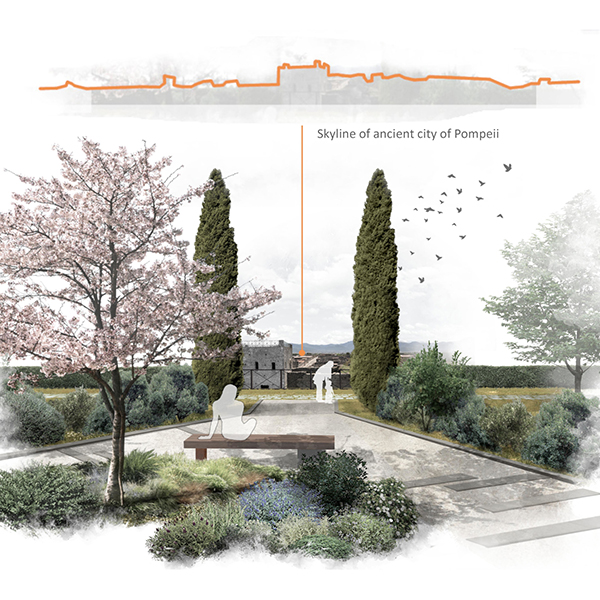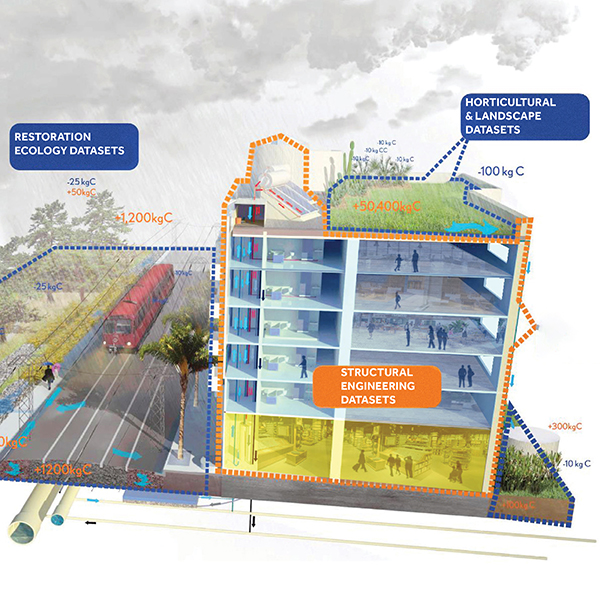General Design Category
Honor Awards

African Ancestors Memorial Garden
Charleston, South Carolina, United States
Hood Design Studio
Client: City of Charleston
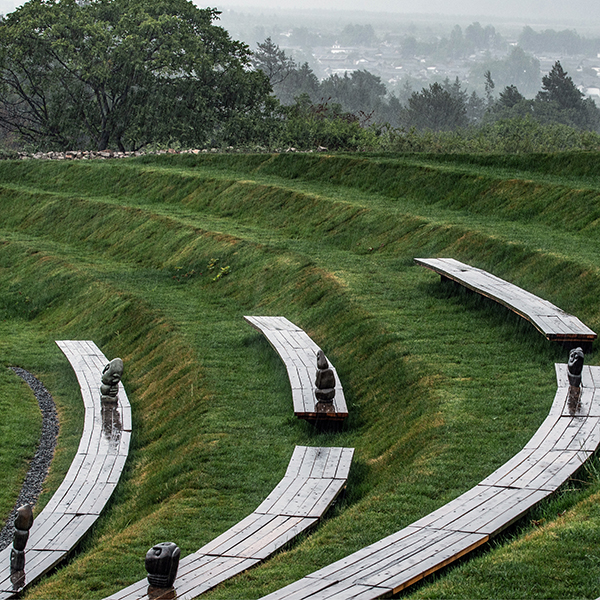
Alpine Garden and Amphitheater
Lijiang, Yunnan, China
Z'scape
Client: HYLLA
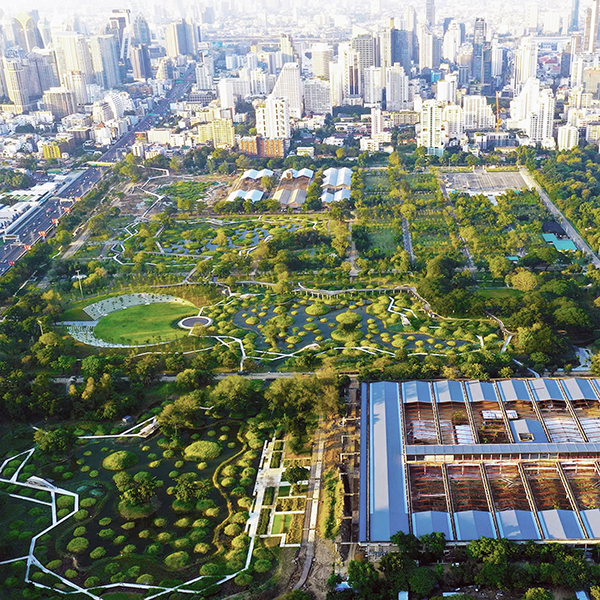
Benjakitti Forest Park: Transforming a Brown Field into an Urban Nature
Bangkok, Bangkok, Thailand
Turenscape + Arsomsilp
Client: Ministry of Finance, Thailand
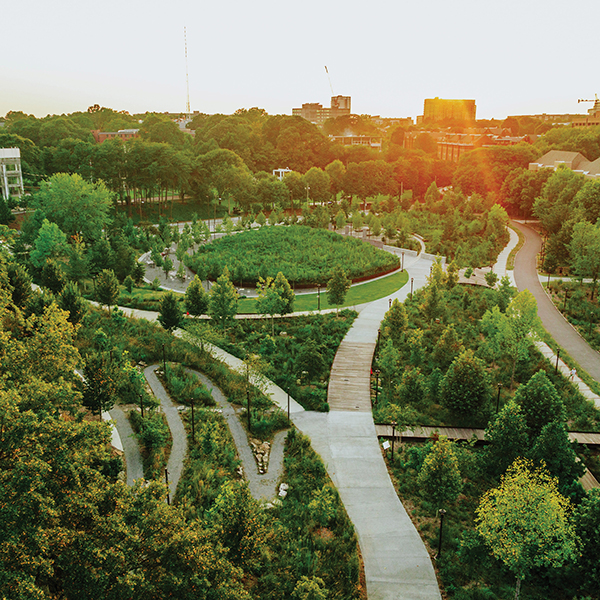
EcoCommons – Social and Ecological Resilience in the Campus Landscape
Atlanta, Georgia, United States
Nelson Byrd Woltz Landscape Architects
Client: Georgia Institute of Technology
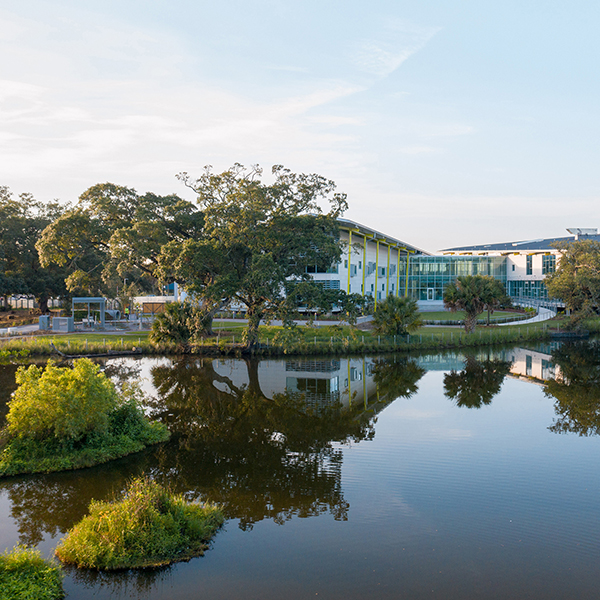
Louisiana Children’s Museum: A Joyous Landscape in City Park
New Orleans, Louisiana, United States
Mithun
Client: Louisiana Children's Museum
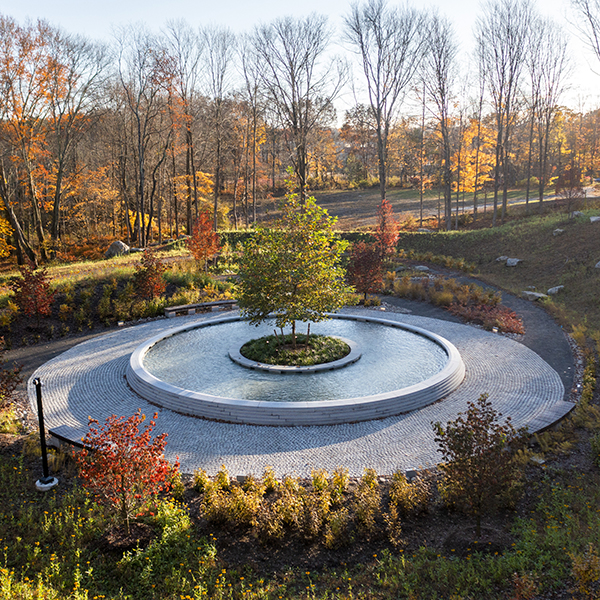
Sandy Hook Memorial: The Clearing
Newtown, Connecticut, United States
SWA Group
Client: Town of Newtown, CT
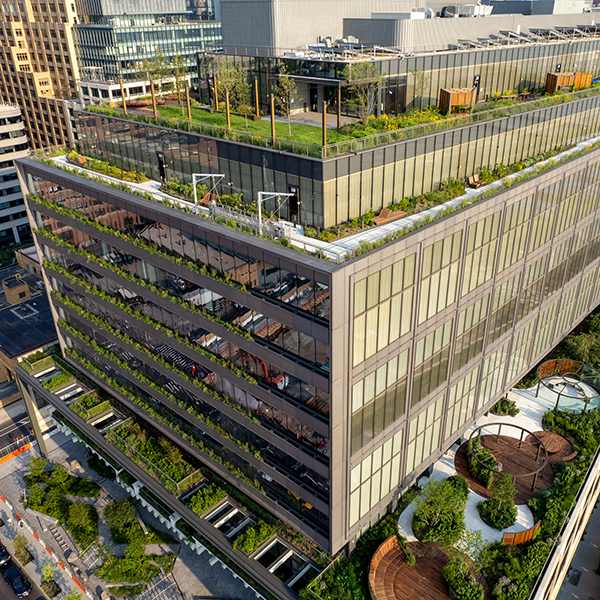
St. John’s Terminal: An Ecology for Technology and Innovation
New York, New York, United States
Future Green Studio
Client: Google, Oxford Properties Group
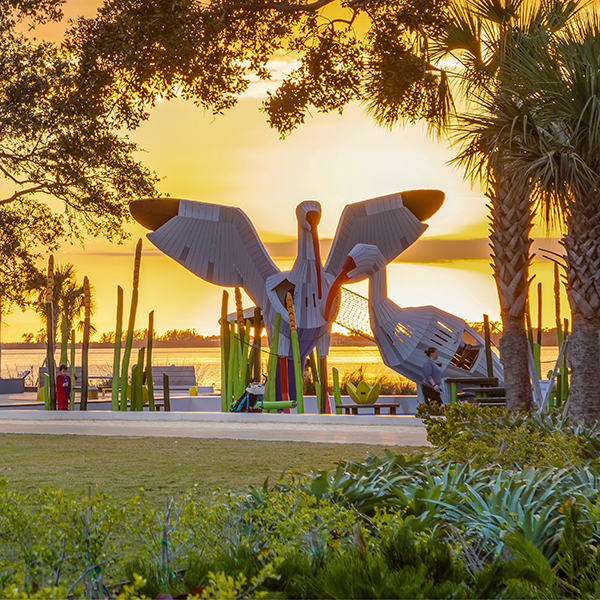
The Bay: “One Park for All” in Sarasota
Sarasota, Florida, United States
Agency Landscape + Planning
Client: The Bay Park Conservancy

Tom Lee Park: "Come to the River"
Memphis, Tennessee, United States
SCAPE / Landscape Architecture
Studio Gang
Client: Memphis River Parks Partnership
Residential Design Category
Honor Awards
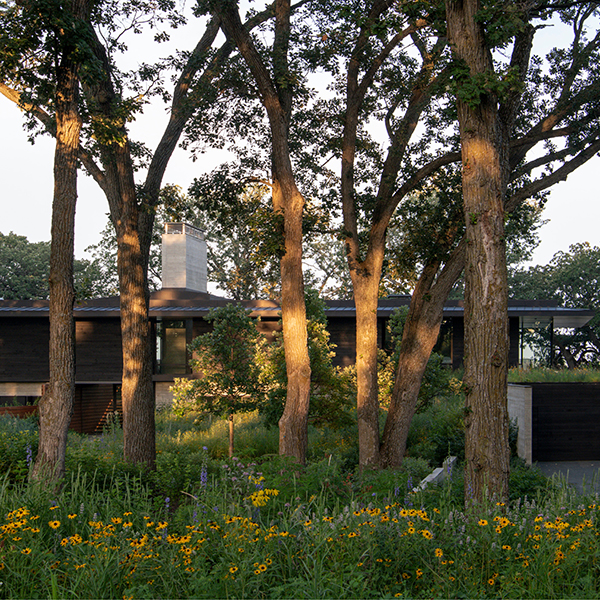
Highbank: The Restoration of a Lost Prairie
Midwest Region, United States
Design Workshop, Inc.

House on the Bluff
Montauk, New York, United States
LaGuardia Design Group

La Fénix at 1950
San Francisco, California, United States
GLS Landscape | Architecture
Client: BRIDGE Housing & Mission Housing Development Corporation
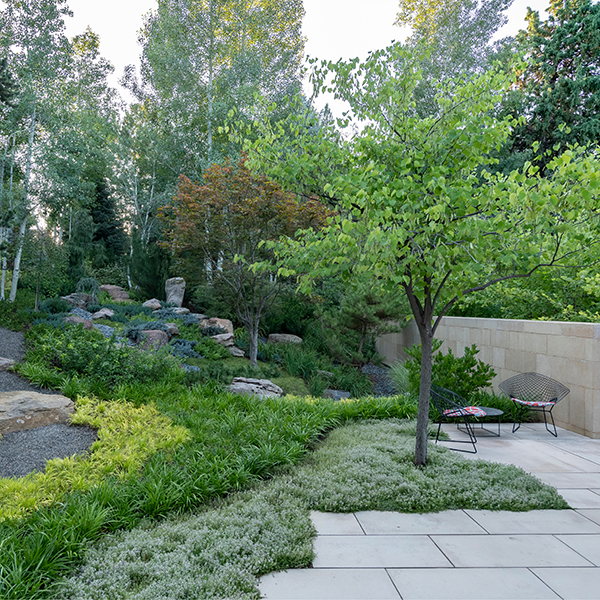
Nurturing Nature in the Mile High City
Denver, Colorado, United States
Design Workshop, Inc.
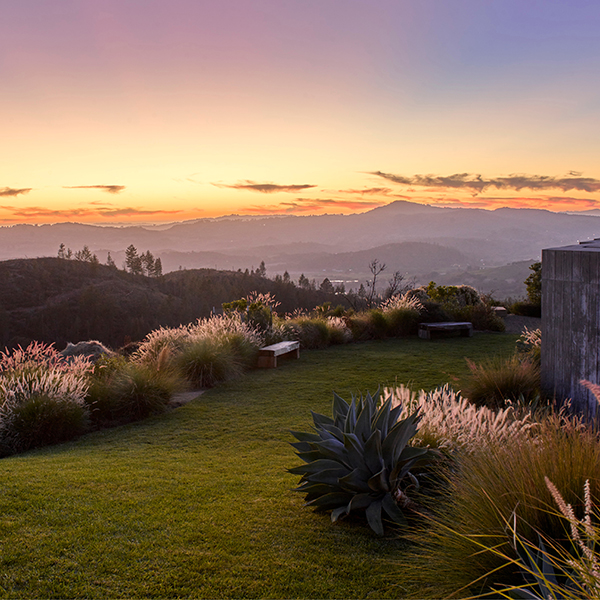
Trinity Road
Glen Ellen, California, United States
Surfacedesign, Inc.
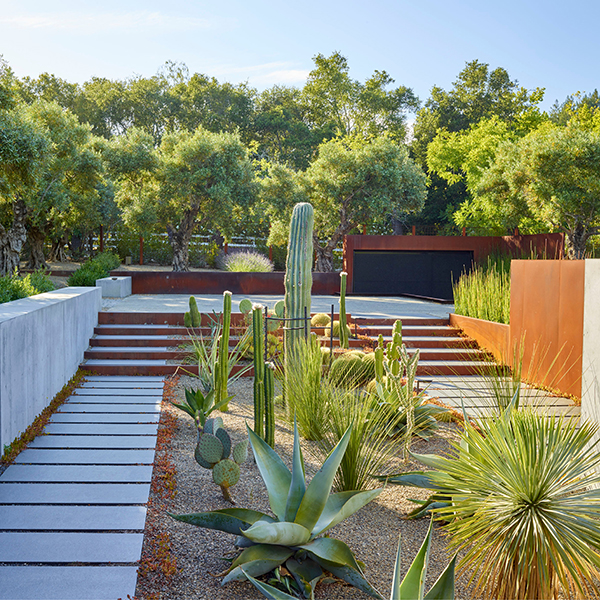
Uliveto
Woodside, California, United States
Surfacedesign, Inc.
Urban Design Category
Award of Excellence
Atlanta BeltLine
Atlanta, Georgia, United States
Perkins&Will
Client: Atlanta BeltLine, Inc.
Few planning projects achieve the environmental, social, and economic impact the Atlanta BeltLine has achieved for Atlanta. Known as a congested, car-dependent city with anemic public transport and insular neighborhoods, Atlanta has in two decades repurposed nearly 60 percent of the 22-mile rail corridor that encircles its city center. Multi-use public art trails now facilitate broader access to essential goods, services, and amenities while connecting diverse communities along the corridor. A linear arboretum and native meadow species provide vital ecological services. When completed, the public greenway and linked transit will form a continuous loop connecting 45 neighborhoods and 1,300 acres of parks.
Honor Awards

Celebrating Community Resiliency: An Equitable Garden Transformation
Chicago, Illinois, United States
MKSK, Inc.
Client: Uptown United / City of Chicago Department of Planning and Development

The Wharf’s 7th Street Park and Recreation Pier
Washington, District of Columbia, United States
Michael Vergason Landscape Architects, Ltd.
Client: Hoffman & Associates
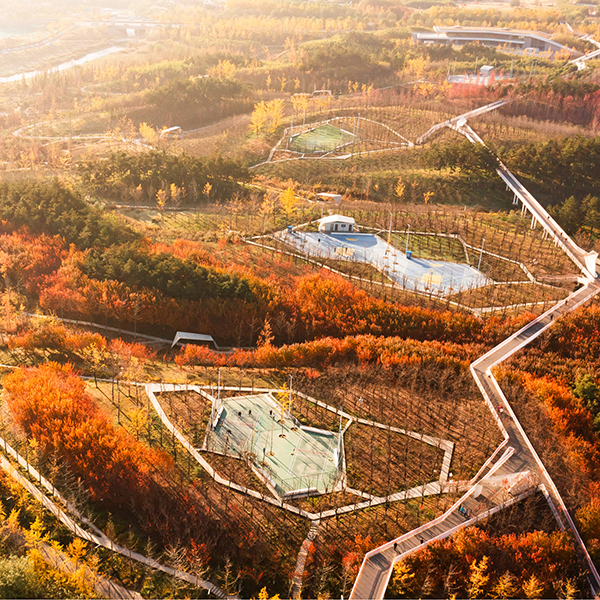
Urban Balcony Embracing Rewilded Nature
Xi'an, Shaanxi Province, China
Turenscape
Client: Xi 'an Yanta District Infrastructure Construction Investment Management Co. Ltd, China
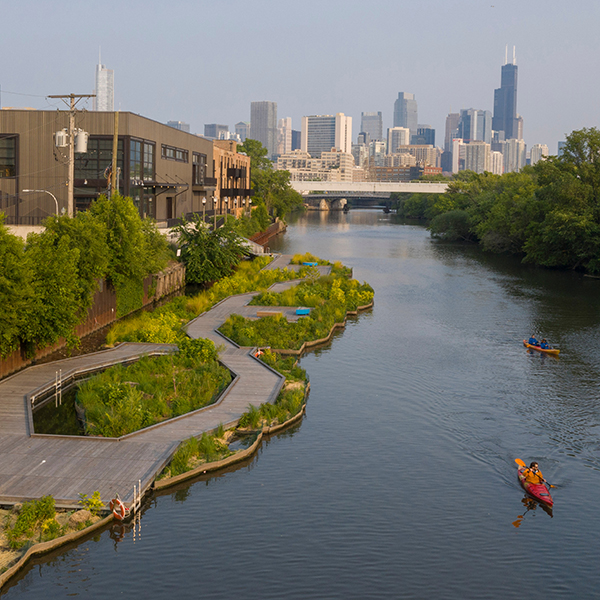
Wild Mile: Transforming an Urban River into a Floating Eco-Park
Chicago, Illinois, United States
Omni Workshop
Skidmore, Owings & Merrill
Client: City of Chicago Department of Planning and Development / Urban Rivers
Analysis and Planning Category
Award of Excellence
A Green Ring for the ancient city of Pompeii
Pompei, Naples, Italy
Studio Bellesi Giuntoli
Client: PARCO ARCHEOLOGICO DI POMPEI - Ministero della Cultura
A green ring of 4 km, surrounding the walls of ancient Pompeii, is planned as a buffer park where necropolises and extra urban Roman villas coexist with agriculture and forests. The park will highlight the site’s historical character while enhancing the quality of the visit, creating inclusive pathways and resting places for the 4 M tourist who visit yearly and for the residents. The Ring, with its new functional areas, will become the main spine of the connection network between the archaeological site and the territory. New view points will connect the ancient city with the landscape of Vesuvius and of the Gulf of Naples while the ecological corridors of the surrounding ecosystems will be integrated in the new green infrastructure.
ASLA / IFLA Global Impact Award

Puente Hills Landfill Park Implementation Plan
City of Industry (San Gabriel Valley), California, United States
Studio-MLA
Client: Los Angeles County Department of Parks and Recreation
Honor Awards
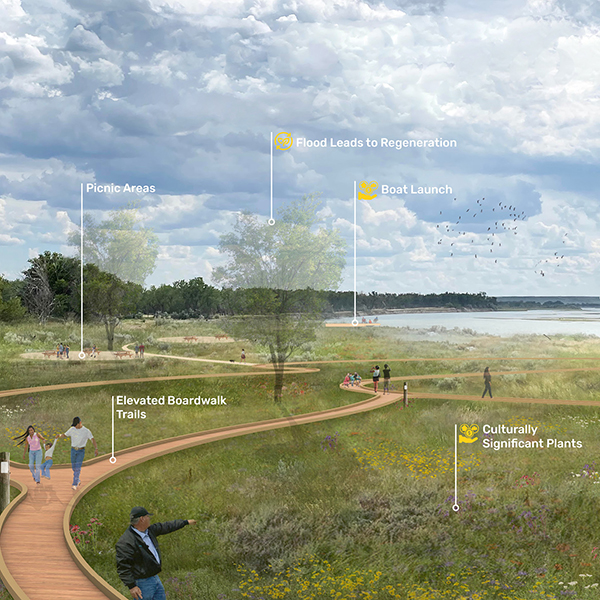
A Cultural Approach: The Fort Peck Tribes Hazard Mitigation Plan
Fort Peck Reservation, Montana, United States
Spackman Mossop Michaels
Client: Fort Peck Assiniboine and Sioux Tribes

Ellinikon Park: Planning for Climate Action and Carbon Positivity
Athens, Athens, Greece
Sasaki
Client: Lamda Development
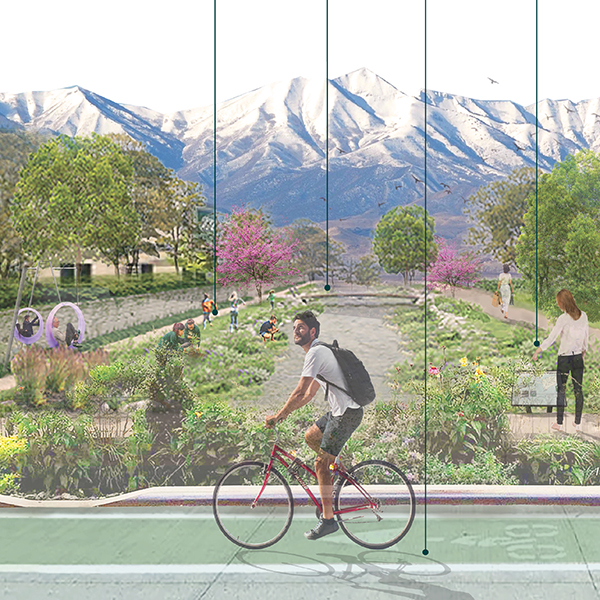
Seven Greenways: A Cooperative Vision for Water in the Arid West
Salt Lake County, Utah, United States
Design Workshop, Inc.
Client: Wasatch Front Range Regional Council / Seven Canyons Trust
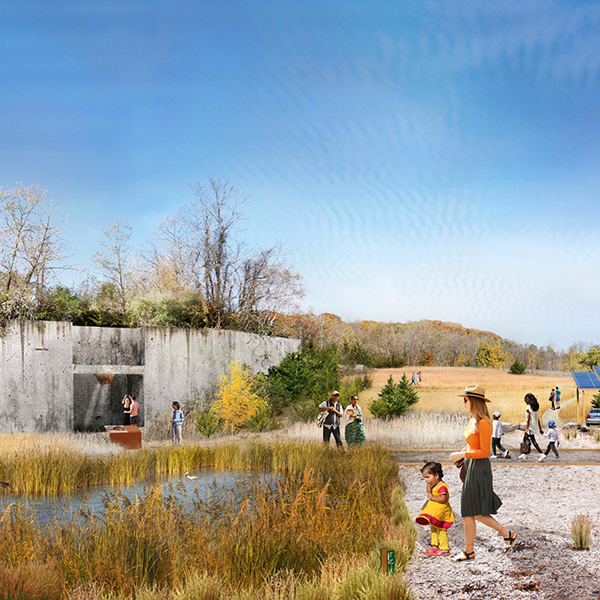
Sojourner Truth State Park for Scenic Hudson
Ulster County, New York, United States
OLIN
Client: Scenic Hudson
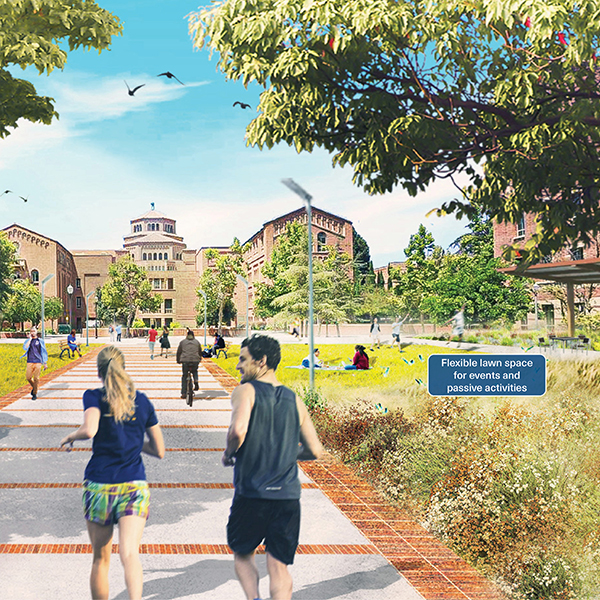
The Resilient Campus: Historic Ecology and Water Conservation at UCLA
Los Angeles, California, United States
Design Workshop, Inc.
Client: University of California Los Angeles (UCLA)

Accessible Paths and Places Plan
Berkeley, California, United States
Sasaki
Client: University of California, Berkeley
Research Category
Award of Excellence
Designing with a Carbon Conscience
Boston, Massachusetts, United States
Sasaki
Client: Sasaki
Carbon Conscience results from a multi-year investigation into how designers can make informed planning decisions related to climate impacts. This work included a literature review of over 400 sources, including architectural, industrial, ecological, and landscape white papers. Carbon Conscience is the only peer-reviewed dataset and application that brings landscape and architectural land uses together to study planning decisions from a whole project life cycle assessment perspective. It is now being integrated into the next generation of Pathfinder, Landkit, and EPIC tools. Carbon Conscience supports advocacy for investing in living systems for carbon drawdown and reducing embodied carbon in the built environment.
Honor Awards
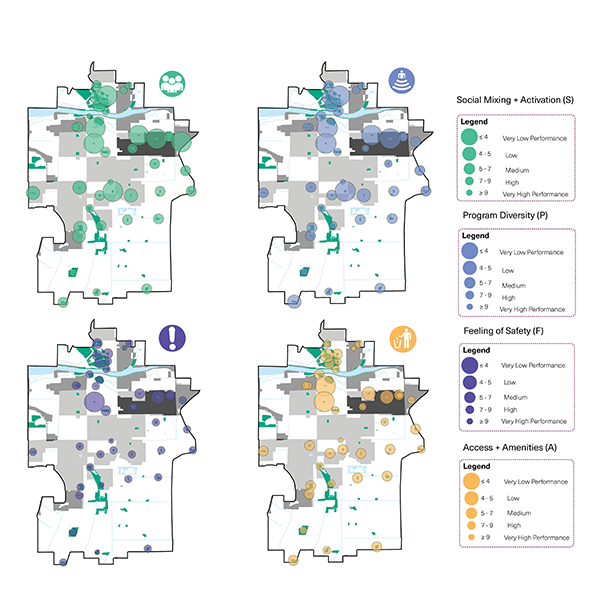
Assessing Public Space Diversity, Equity, and Inclusion: Tempe Study
Tempe, Arizona, United States
Design Workshop, Inc.
Client: City of Tempe Parks and Recreation Department

Landscape Architecture for Sea Level Rise: Innovative Global Solutions
New Orleans, Tampa, Boston Philadelphia, Wilmington, San Francisco, Port St. Joe, Louisiana, Florida, Massachusetts, Pennsylvania, Delaware, California, Florida (respectively), United States
Busan, Melbourne, Wellington, Bangkok, Tohoku, Multiple International Political Jurisdictions, South Korea, Australia, New Zealand, Thailand, Japan
Galen Newman, FASLA; Zixu Qiao
Texas A&M University
Client: Routledge Publishing

Race and the Control of Public Parks
Dallas, Texas, United States
Isaac Cohen
buildingcommunityWORKSHOP
Communications Category
Award of Excellence
The Topography of Wellness
Boston, Massachusetts, United States
Sara Jensen Carr, ASLA
The Topography of Wellness: How Health and Disease Shaped the American Landscape is a chronological narrative of how six historical epidemics had a reciprocal relationship with urban landscapes, reflecting changing views of the power of design, pathologies of disease, and the epidemiology of the environment. From the contagions of cholera and tuberculosis to the more complicated pathways of contemporary chronic illnesses, each disease narrated here, alongside their associated combat strategies of urban quarantine, eradication, and acupuncture has left its mark on the present-day environment. The consideration of this history ends with a call to reframe and reclaim health and equity as central tenets of our profession for the future.
Honor Awards
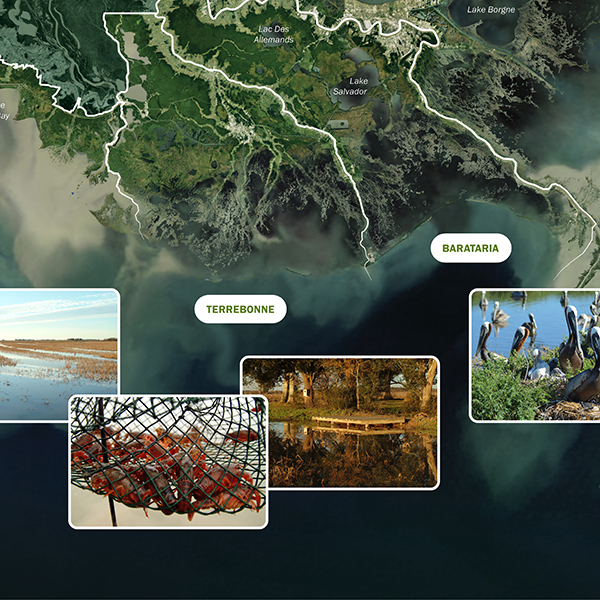
2023 Coastal Master Plan: A Plan for Louisiana's Coastal Communities
Louisiana, United States
SCAPE / Landscape Architecture DPC
Client: Louisiana Coastal Protection & Restoration Authority (CPRA)

Connecting to Our Indigenous Histories at Machicomoco State Park
Gloucester Point, Virginia, United States
Nelson Byrd Woltz Landscape Architects
Client: Virginia Department of Conservation and Recreation
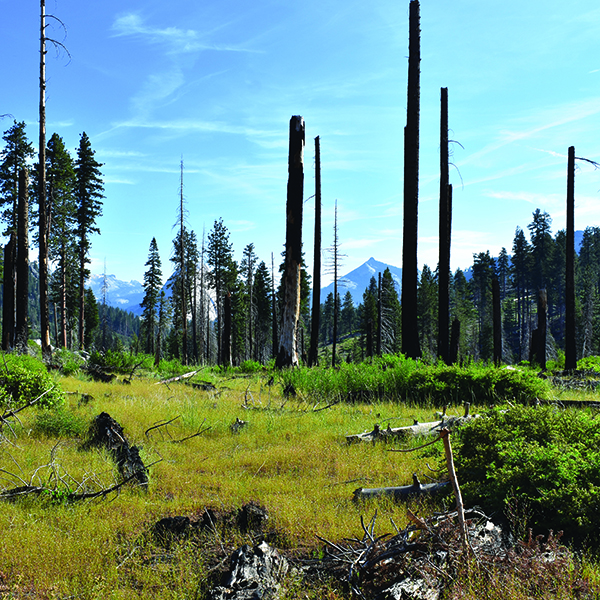
Design By Fire
Davis, California, United States
Brett Milligan, ASLA
Emily Schlickman, ASLA
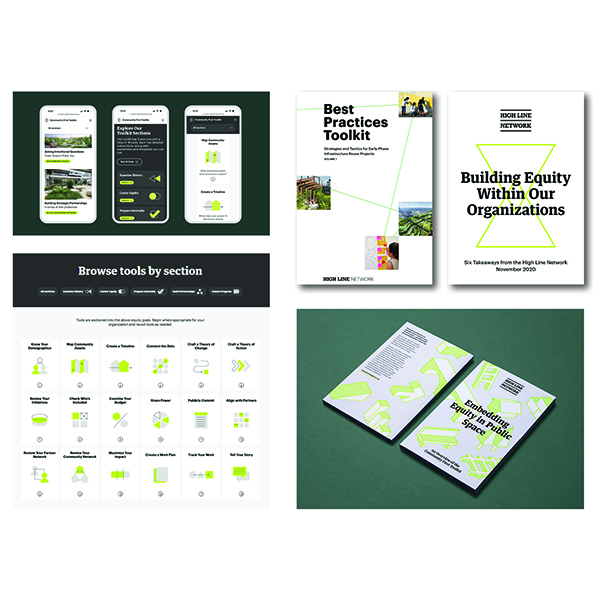
The Community First Toolkit: A Framework for Equitable Public Spaces
Multiple locations, in the United States, Canada, & Mexico
Grayscale Collaborative
Urban Institute
Client: High Line Network (program of Friends of the High Line)
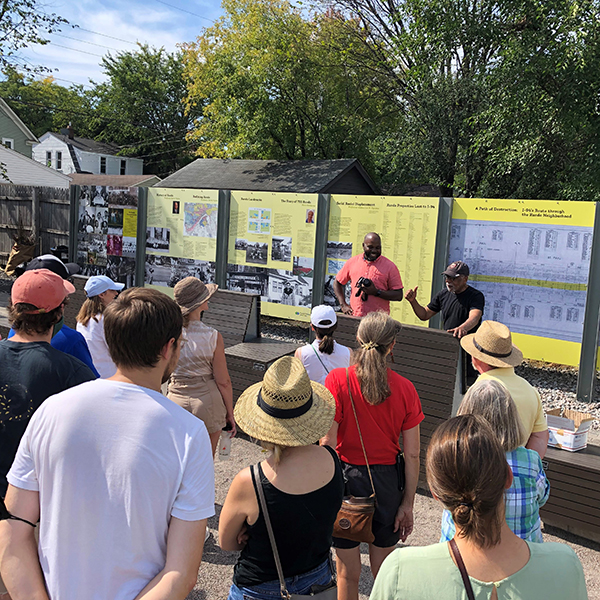
What’s Out There Guide to African American Cultural Landscapes
Washington, District of Columbia, United States
The Cultural Landscape Foundation
The Landmark Award
The Landmark Award
Xochimilco Ecological Park
Mexico City, México, México
Grupo de Diseno Urbano S.C.
Client: Gobierno de la Ciudad de México
Xochimilco was declared a WHS by UNESCO in 1988, as a unique place to conserve. A Cultural Landscape containing the CHINAMPAS, an intensive sustainable agronomic system; a landscape of prehispanic origin which survives today. The Plan for the 3,000 H. chinampa district included an ecological park, a plant market and sports park. The Park, with wetlands and lakes, an ecosystem sustaining more than 200 species of native and migratory birds.
Opening in 1993, won many awards, published worldwide, becoming an icon in Mexico City. The project showed that ecology and design were not intrinsically opposed. The Park deteriorated in recent years and was subject to an extensive rehabilitation. Today, it has totally recovered and intensively visited.

